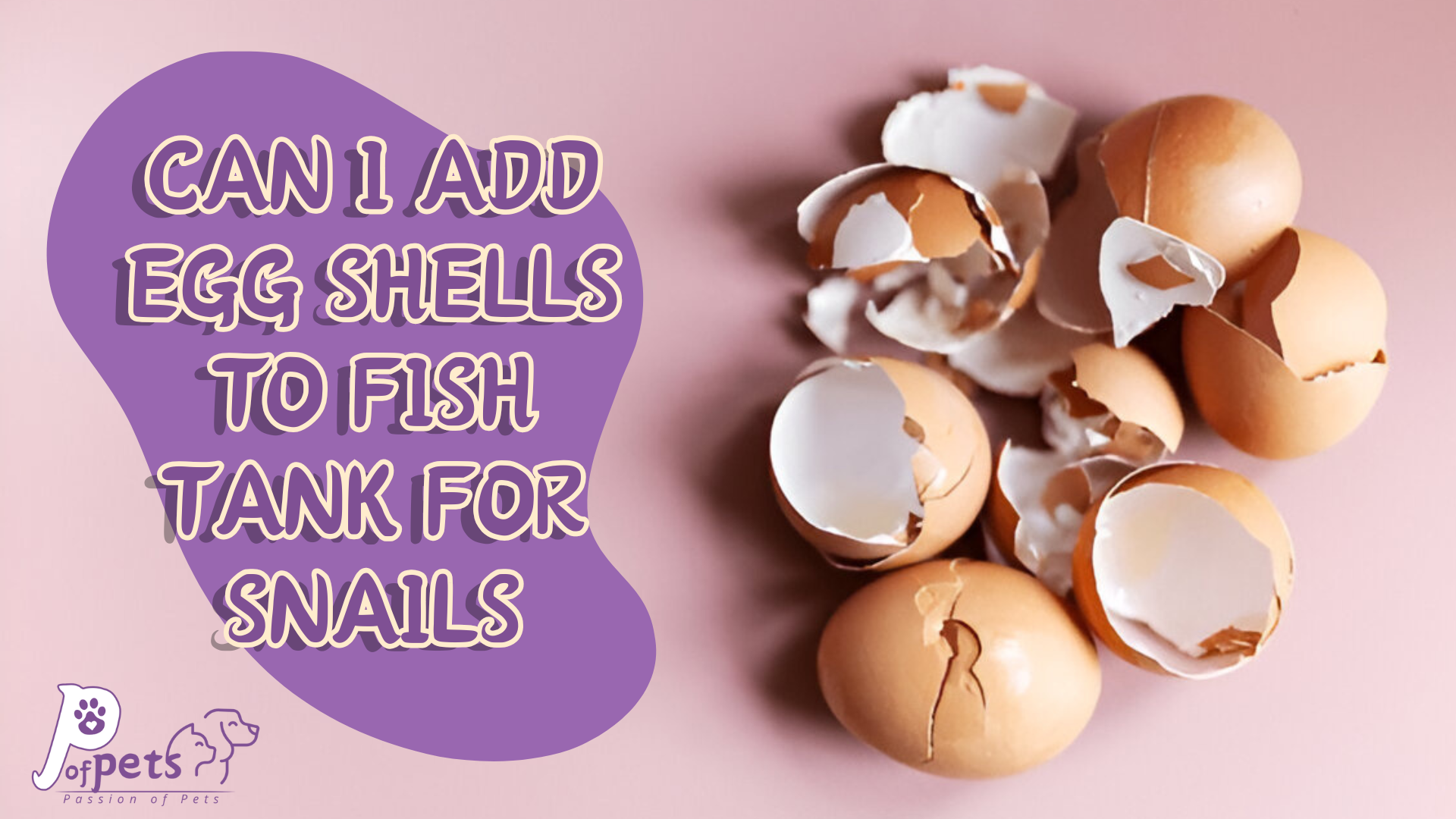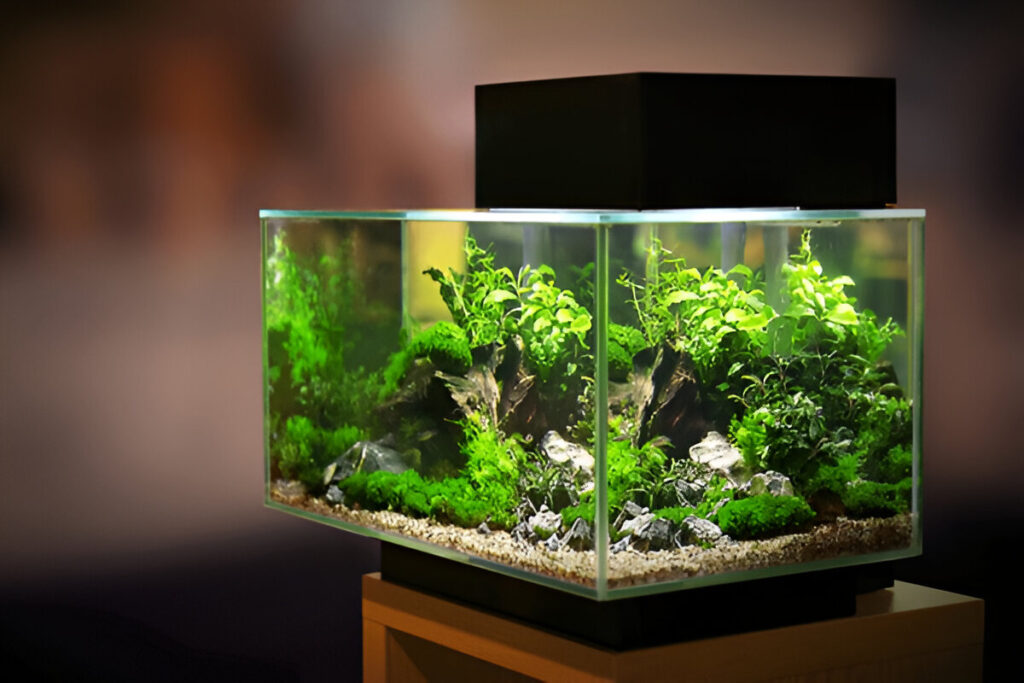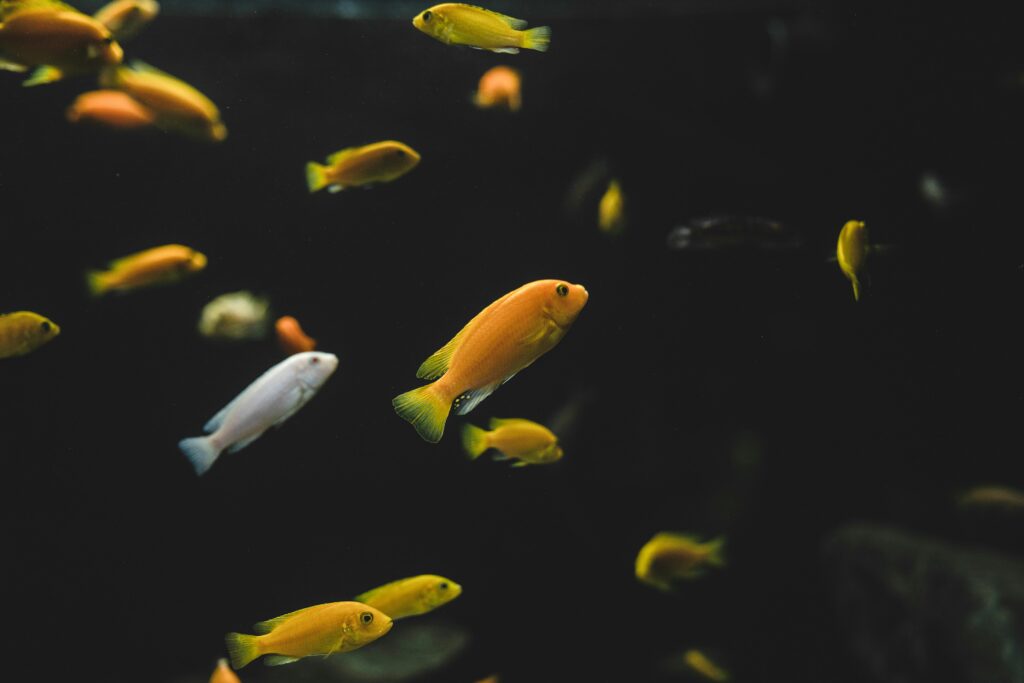can i add egg shells to fish tank for snails ?
Keeping a healthy aquarium requires careful attention to the needs of its inhabitants, including snails, which play a vital role in the ecosystem by controlling algae and cleaning debris. A common question among aquarists is whether egg shells can be added to a fish tank to benefit snails.
The short answer is yes, but it’s important to understand the science and best practices behind this practice. This comprehensive guide will walk you through everything you need to know about using egg shells in aquariums, from their benefits to potential risks.
Understanding the Role of Egg Shells in Aquariums
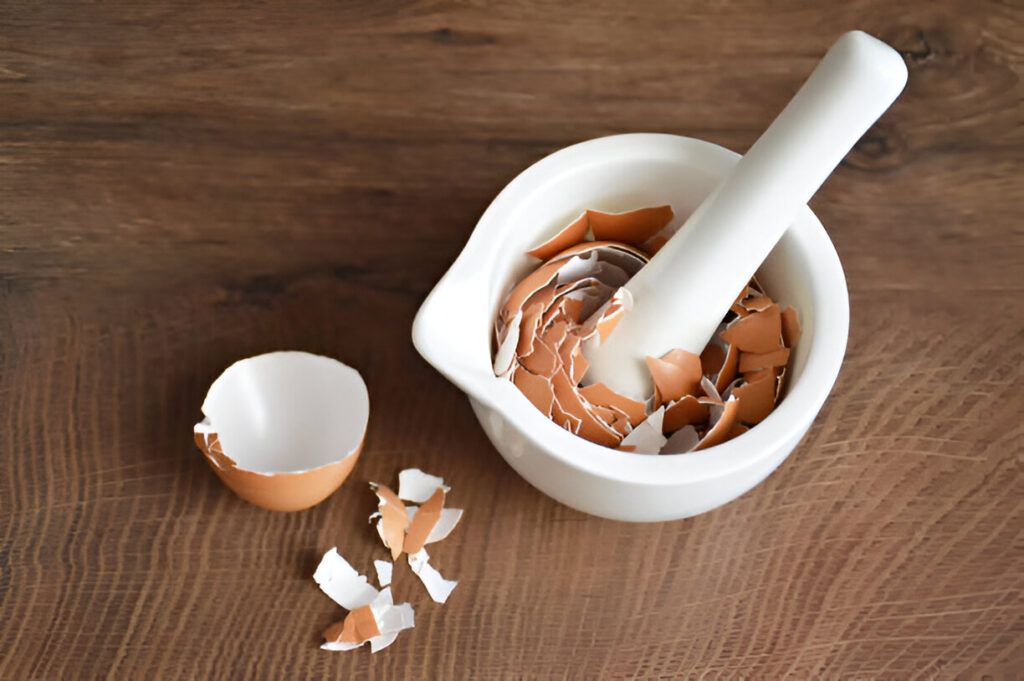
Egg shells primarily consist of calcium carbonate, a crucial mineral for snail shell growth and overall health. In aquariums, calcium contributes to maintaining the proper hardness (GH) and stabilizes the pH, both of which are essential for aquatic life. Snails, in particular, require calcium to keep their shells strong and prevent deformities or cracking.
In natural settings, snails often obtain calcium from their environment, such as mineral-rich water or calcareous substrates. However, in home aquariums, calcium levels can deplete over time due to water changes, plant growth, and other factors. Adding egg shells can serve as a natural and cost-effective way to replenish calcium in the tank.
The Benefits of Adding Egg Shells to Your Fish Tank
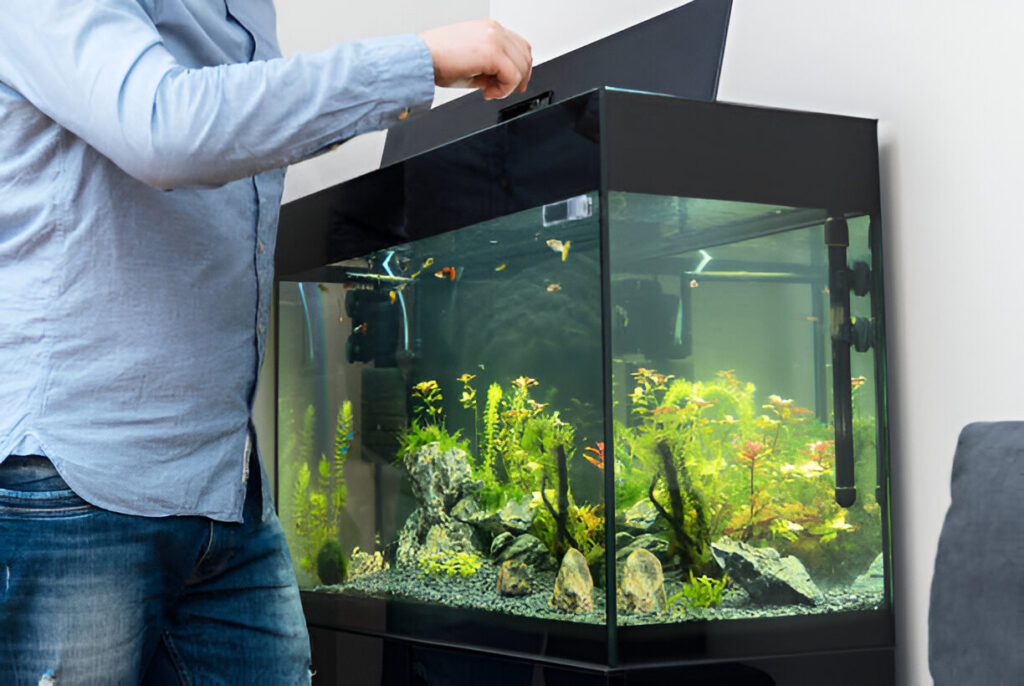
- Promotes Snail Shell Growth:
Snails are heavily reliant on calcium for the development and maintenance of their shells. Calcium is essential for creating a sturdy and resilient shell structure, which serves as both protection and support for these creatures. Without adequate calcium, snails may develop brittle or misshapen shells, leaving them more vulnerable to injury or predation. - Egg shells, composed primarily of calcium carbonate, dissolve slowly in the aquarium, providing a steady and accessible calcium source for snails to utilize as needed. This natural supplementation ensures that snails remain healthy and their shells remain strong.
- Helps Stabilize pH Levels:
Aquarium water chemistry can fluctuate over time, often becoming more acidic due to factors like waste accumulation and organic decay. Calcium carbonate in egg shells acts as a natural buffer that helps stabilize the pH of the water. When calcium carbonate dissolves, it releases calcium ions and bicarbonate, which work to neutralize excess acids. - This buffering effect is particularly beneficial for tanks prone to pH drops, ensuring a stable environment for all inhabitants. By maintaining a consistent pH, egg shells help reduce stress on aquatic life and support a healthier ecosystem.
- Eco-Friendly and Cost-Effective:
Recycling egg shells into your aquarium is a practical and environmentally friendly solution. Instead of discarding egg shells as waste, they can be repurposed to benefit your tank’s ecosystem. This approach reduces reliance on store-bought calcium supplements, which often come in plastic packaging and may contribute to environmental waste. - By using egg shells, aquarists can achieve a sustainable and cost-effective method of maintaining calcium levels, aligning with eco-conscious practices while keeping expenses low.
- Improves Water Hardness:
Water hardness, measured as general hardness (GH), reflects the concentration of calcium and magnesium ions in the aquarium water. These minerals are vital for the health and development of aquatic creatures, particularly snails, which require moderately hard water to thrive.
Insufficient hardness can lead to weak or poorly developed shells, while overly hard water may pose risks to other tank inhabitants. Adding egg shells gradually increases the calcium concentration, contributing to an optimal GH level. This not only benefits snails but also supports the overall balance of the tank’s water chemistry, creating a more stable and thriving aquatic environment.
How to Prepare and Add Egg Shells Safely to Your Aquarium
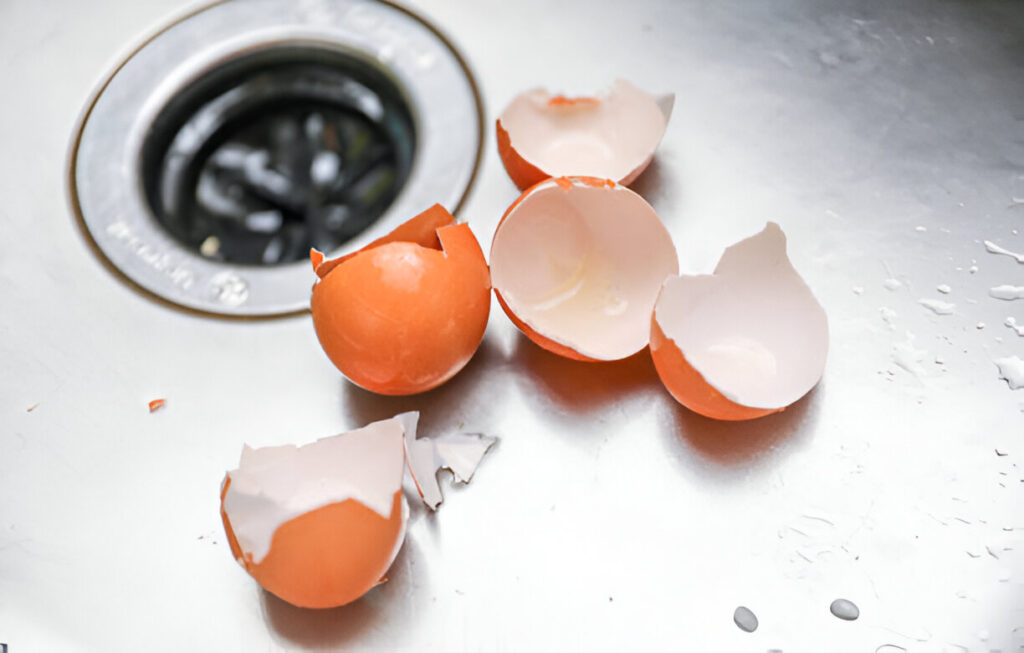
To maximize the benefits of egg shells and minimize risks, proper preparation is key. Follow these steps to safely introduce egg shells to your fish tank:
- Collect and Clean the Egg Shells:
- After using eggs, rinse the shells thoroughly under running water to remove any residual egg white or yolk, which can rot and pollute the water.
- Avoid using shells from boiled eggs, as cooking can alter the calcium content. Instead, opt for raw egg shells.
- Sterilize the Shells:
- Place the cleaned shells in boiling water for 5-10 minutes to eliminate bacteria or pathogens that could harm your aquarium.
- Alternatively, bake the shells in an oven at 200°F (93°C) for 10 minutes.
- Crush or Grind the Shells:
- Once sterilized, crush the shells into small pieces or grind them into a fine powder. Smaller particles dissolve more quickly, making the calcium readily available to snails and other aquatic life.
- Determine the Appropriate Amount:
- A general rule of thumb is to add 1-2 tablespoons of crushed egg shells per 10 gallons of water. Monitor calcium levels and adjust as needed based on the specific requirements of your tank.
- Distribute Evenly:
- Spread the crushed shells over the substrate or place them in a mesh bag for controlled dissolution. Avoid adding large chunks, as they may take longer to break down and could alter water parameters unevenly.
Potential Risks and Considerations When Using Egg Shells
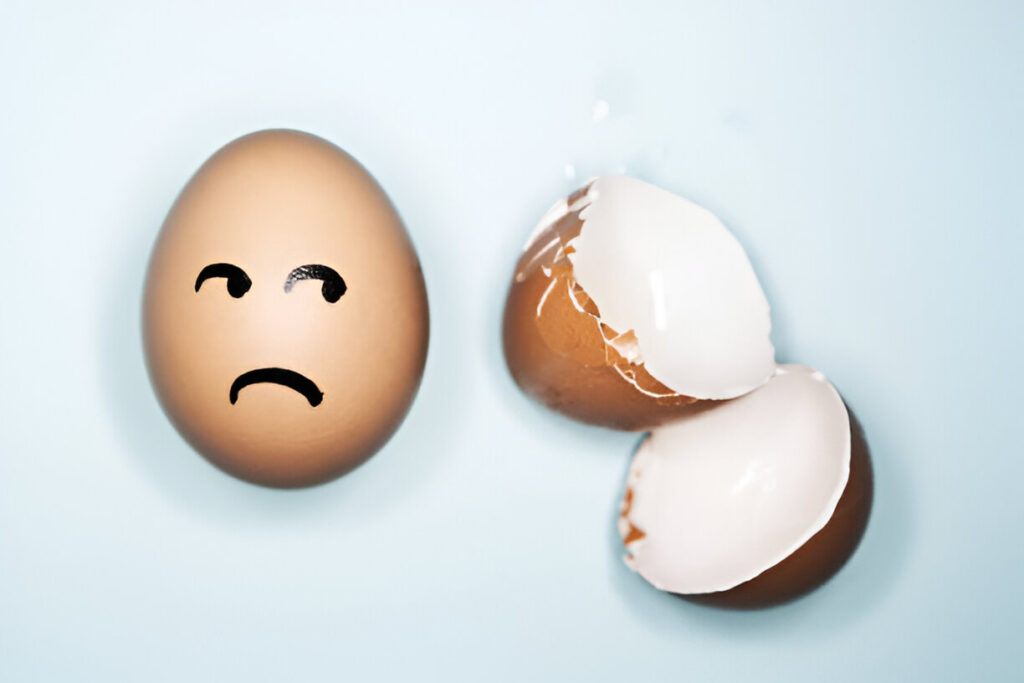
Added to aquariums, eggshells are quite a nice product in that they contain a great deal of natural calcium. A few things to be mindful of with regards to the actual employment of them are the following:
Oversupplementation
Adding too much calcium can unbalance the water chemistry by simply overwhelming the amount in it. Calcium is usually added to increase the hardness of water; addition in excess may result in very hard water that may affect the ecosystem as a whole. This may be detrimental to the fish or plants that require soft water. In this regard, it is necessary to regularly check the hardness of the aquarium and avoid overadding calcium.
Impact on pH:
Eggshells are made up of calcium carbonate that increases the pH of the water once it dissolves. If it dissolves too fast or in a large quantity, the pH increases substantially. Some species of fish, plants, or invertebrates prefer to live in more acid water, and such a high pH might be stressful or even dangerous for them. One has to know the exact pH demands of one’s tank inhabitants before adding the eggshells.
Decomposition Concerns:
They can introduce bacteria or organic matter into the water, if it is not well cleaned and sterilized well enough before going into the tank. This may cause ammonia or other toxins to build up in the water, which is unhealthy for your fish and plants. Always ensure, because of this, that the eggshells are cleaned and sterilized with boiling before placing them into the aquarium.
Uneven Dissolution:

Image by Gerald Friedrich
Eggshells dissolve slowly in water, and larger pieces may dissolve unevenly. This can lead to localized increases in water hardness or pH in certain areas of the tank, which could harm sensitive species. Crushed or powdered eggshells dissolve more evenly and provide a more consistent effect on water chemistry, reducing the risk of localized imbalances.
Compatibility with Tank Inhabitants:
Some fish, invertebrates, or plants do well in soft water with low levels of calcium and may not tolerate added hardness from eggshells. For example, soft-water species such as tetras or some types of shrimp may get stressed with the increased hardness or pH. Research the specific needs of your tank’s inhabitants to ensure they are compatible with calcium additions before you start using eggshells.
Alternatives to Egg Shells for Calcium Supplementation in Fish Tanks
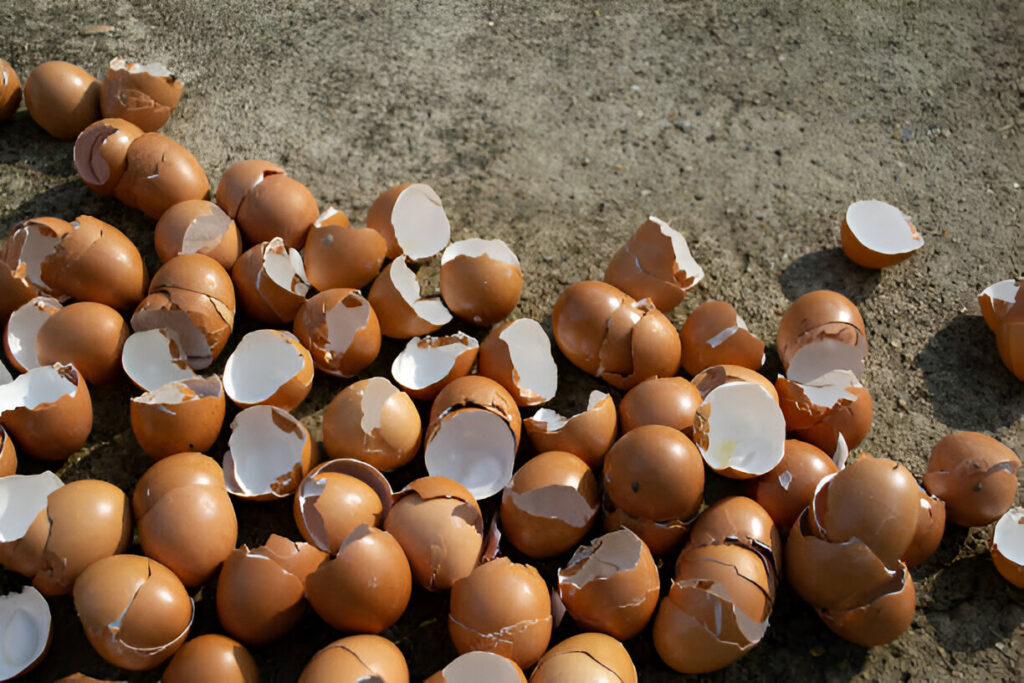
If eggshells aren’t suitable for your aquarium, here are a few other ways to give your tank’s inhabitants some much-needed calcium:
Cuttlebone:
Cuttlebone is generally used for birds and can be used as a natural calcium source in the aquarium. It will dissolve over time, slowly releasing calcium into the water, and is especially useful for invertebrate-keeping tanks with snails or shrimp. Just place it in the tank or attach it to the wall for easier access. It’s low maintenance and doesn’t take much in the way of preparation.
Commercial Calcium Supplements: Most aquarium stores carry liquid and powdered calcium supplements manufactured for use in aquariums. Most of these products are designed in such a way that they can be dispensed in a measured, controlled amount into your water. The good thing with these commercial supplements is that the dosage is easily controlled in order to adapt to the specific needs of your tank, ensuring optimal calcium levels without over-supplementation.
Crushed Coral or Aragonite Sand:
Both crushed coral and aragonite sand will naturally dissolve rather slowly in the water, releasing calcium to increase the hardness, both GH and the pH level of water. These substrates are pretty common in marine aquariums; however, you could also use them in your freshwater tank to increase the water hardness and pH values. The advantage of crushed coral or aragonite is that it can also serve as an active substrate or filter media while slowly releasing calcium over time.
Mineral Blocks:
There are also pre-made mineral blocks, widely available in aquarium shops, that are made to dissolve slowly in the water and therefore supply calcium and other important minerals continuously. These are very commonly applied in tanks where the fish need a continuous mineral supply, like freshwater shrimp or snails. They are easy to use and offer a possibility for supplementation in a controlled way but might need replacement every now and then because they get dissolved.
Vegetable Sources:
Other vegetables, such as spinach and kale, have relatively high calcium levels, and can be an additional form of nutrition for herbivorous fish or invertebrates, such as snails. Blanching the green vegetables in water before providing them to your tank inhabitants cleans them and makes them more digestible to be consumed. However, even though more natural, it probably won’t give a complete source for a calcium-needy tank.
Conclusion:
Optimizing Snail Health with Safe and Effective Practices
Adding egg shells to a fish tank can be a natural, cost-effective way to enhance calcium levels and support the health of snails. When prepared and used correctly, egg shells can promote shell growth, stabilize pH levels, and improve water hardness, creating a thriving environment for your aquatic pets. However, it’s essential to monitor water parameters and consider the specific needs of your tank inhabitants to avoid potential risks.
For those seeking alternatives, options like cuttlebone, crushed coral, or commercial supplements offer reliable ways to maintain calcium levels without using egg shells. By understanding and meeting the nutritional and environmental needs of your aquarium’s ecosystem, you can ensure a healthy, balanced habitat where snails and other aquatic life can flourish.
Yuns Legdm is a passionate advocate for pet care and the founder of this website, dedicated to providing valuable information for fellow pet lovers and veterinary professionals worldwide. With a deep love for animals, Yuns created this platform to connect passionate pet owners with expert insights from veterinarians around the globe.
This website grows with you—the passionate pet owners and veterinary experts—creating a trusted space where knowledge, experience, and love for animals come together. Whether you’re seeking advice on pet health, nutrition, or general well-being, this platform is here to support you on your journey of responsible and loving pet care.

